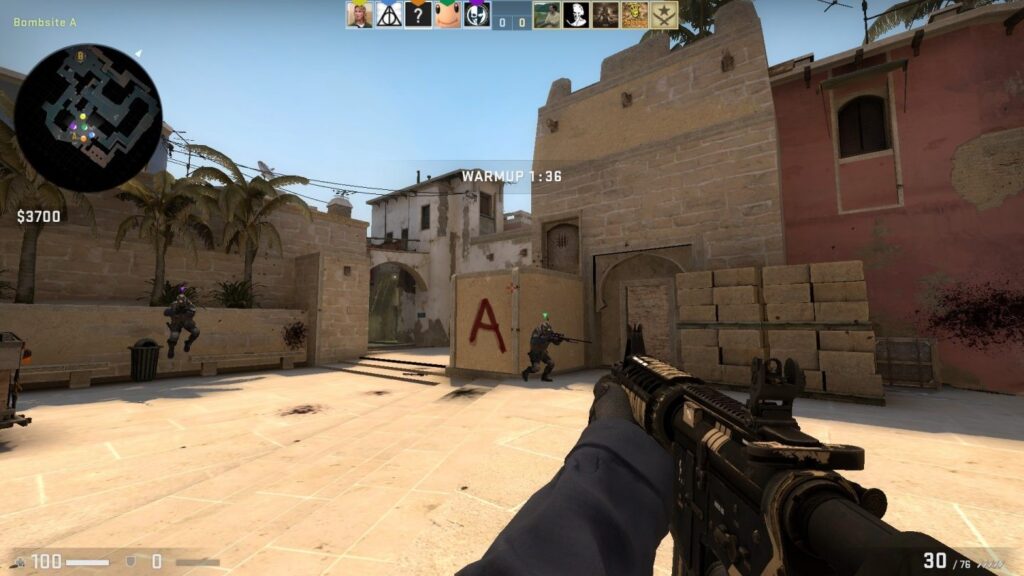Rubberbanding Frequently Interrupts Gameplay for CS2 Global Players
Rubberbanding, a frustrating phenomenon in online gaming, continues to disrupt the gameplay experience for many Counter-Strike 2 CS2 players, especially those at the global competitive level. This issue, where players experience sudden, unpredictable shifts in their in-game position, often results in disorienting lag, causing players to appear to snap back or forward in time. For global players who rely on fast reflexes, precise aiming, and strategic movement, rubberbanding can significantly impair their ability to perform, leading to a more chaotic and unpredictable experience. The root cause of rubberbanding in CS2 is typically tied to network instability, where the player’s internet connection or server issues disrupt the smooth transmission of data. For competitive players, who are often playing on servers with low latency and high tick rates, any interruption in the flow of data can have severe consequences. Players may appear to teleport or rubber band due to their movements not being properly synchronized with the server’s data.

As a result, they find themselves facing unfair outcomes, with their opponents seemingly landing shots that should have missed or evading attacks that should have connected. For players at the global level, where every second counts and every move are calculated, the stakes are particularly high. Rubberbanding does not just make it harder to track opponents or time their shots accurately it can outright change the outcome of rounds. A player who expects to be in cover when an enemy rounds a corner might suddenly find themselves exposed, or vice versa. In competitive play, these unpredictable fluctuations in positioning can drastically alter strategies, leading to confusion, frustration, and, ultimately, an inability to compete at their best level. The issue of rubberbanding is not a new one, but it has become more pronounced with the release of Counter-Strike 2. The move to a new engine and various optimizations meant to improve graphics and performance have, in some cases, introduced unforeseen network issues that exacerbate rubberbanding.
For global players who are accustomed to a consistent, high-quality gaming experience, these disruptions can make it feel like they are playing in a different game altogether. While the developers at Valve have worked hard to address many performance-related issues, rubberbanding continues to persist for a significant portion of the community. This problem is particularly alarming in the context of professional CS2 competitions, where rubberbanding can cost teams significant prize money, sponsorships, and career advancement. In tournaments, where every detail counts and any unexplainable lag can be blamed for a loss, the reputation of the game’s net code comes under scrutiny. While some players may be able to compensate for minor lag through experience or adaptive techniques, global-level competitors do not have that luxury. Rubberbanding leaves them at the mercy of the game’s underlying server stability. In response, players are urging Valve to take a more focused approach in fixing the server issues, optimizing network code, and ensuring that gameplay remains smooth, even at the highest levels of competition.
Categories
Get more stuff
Subscribe to our mailing list and get interesting stuff and updates to your email inbox.
Thank you for subscribing.
Something went wrong.
we respect your privacy and take protecting it seriously
Recent Posts
- Elevate Your Printing Experience with Premium Toners
- Meaningful Audience Engagement Improves Thanks to Thoughtful SEO Agency Actions
- Embrace a New City’s Identity Through a Beautiful Free Walking Tour
- Advanced Metalwork Solutions for Complex Manufacturing Needs
- International Collaborations Flourish Under Kraken Darknet Guidance